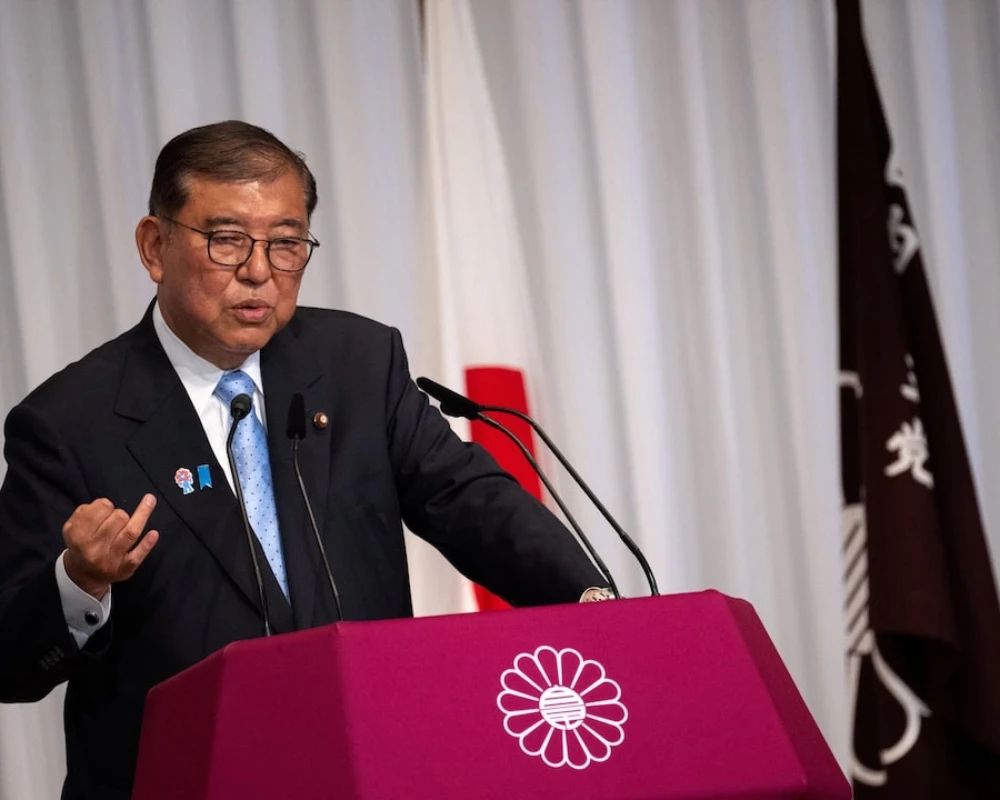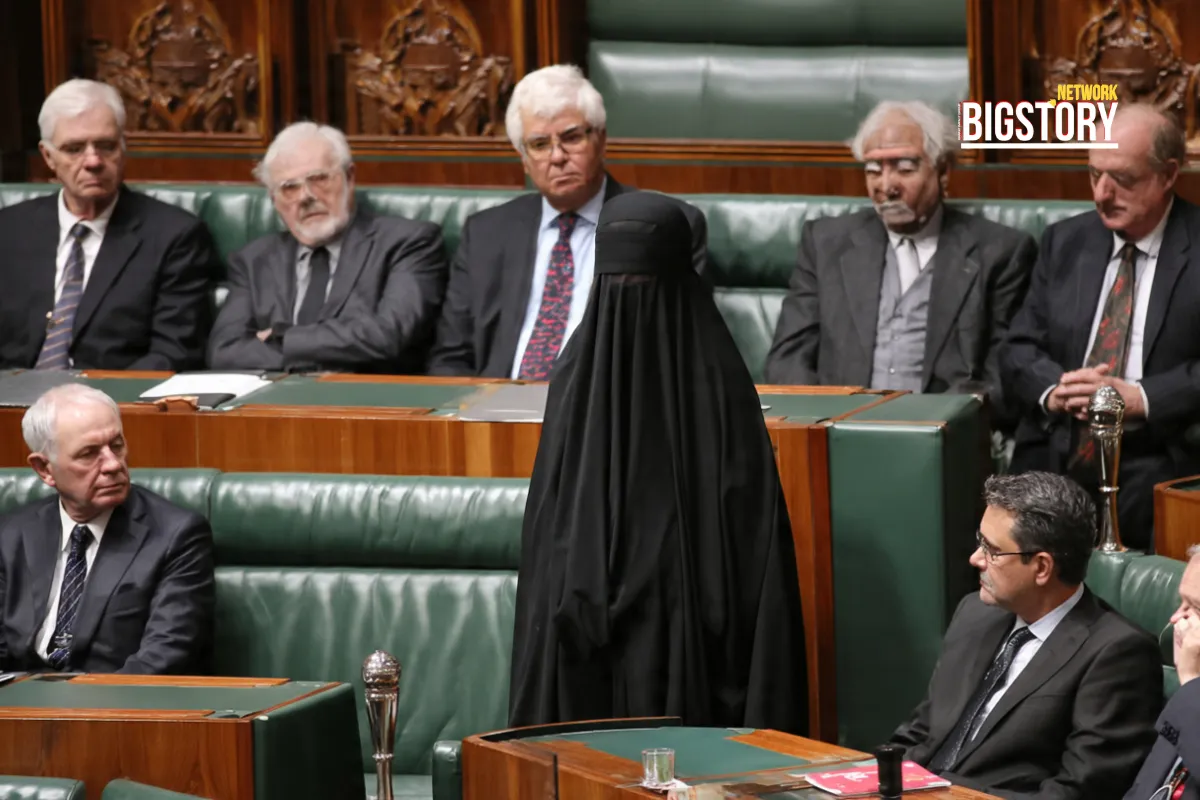Explore Shigeru Ishiba’s resignation after election losses, its impact on LDP, India–Japan ties, Quad, and Japan’s political future.
 Sseema Giill
Sseema Giill

In a dramatic twist that has sent tremors through Japanese politics, Prime Minister Shigeru Ishiba announced his resignation on September 7, 2025, after less than a year in office. This Shigeru Ishiba resignation analysis highlights one of the most significant upheavals in Japan’s modern democracy.
Ishiba’s departure follows a historic sequence of electoral defeats that shattered the Liberal Democratic Party’s (LDP) dominance. For the first time since 1955, the LDP has lost its majority in both houses of parliament, fundamentally altering the balance of power in the world’s fourth-largest economy. His rapid fall from promising to “make Japan smile again” to presiding over his party’s worst results in decades—underscores the scale of public discontent and the shifting tides of Japanese politics.
Ishiba’s downfall began almost immediately after assuming office in October 2024. His decision to call a snap election backfired when the LDP secured only 191 seats in the lower house—its second-worst showing in history—losing its majority for the first time since 2009.
This initial failure was compounded by further defeats in local and by-elections throughout 2025. The decisive blow came in July 2025, when the ruling coalition lost its majority in the upper house. The LDP won just 39 out of 125 seats, while smaller parties, including the centrist Democratic Party for the People and the far-right Sanseito, gained ground. This left the LDP without a majority in either chamber for the first time in its 70-year history.
As public trust collapsed, internal pressure mounted. Senior party figures, including Taro Aso and Agriculture Minister Shinjiro Koizumi, urged Ishiba to resign. On September 6, with a no-confidence motion looming, Ishiba stepped down, framing his exit as a way to “make way for the next generation.”
This sequence became the backbone of the Japan PM resignation 2025 news cycle.
The reasons for Ishiba’s resignation were layered:
This question-format section helps target searches like Why did Shigeru Ishiba resign? and provides clarity for readers seeking straightforward answers.
Ishiba’s exit comes at a critical moment for India–Japan relations post Ishiba, especially after Prime Minister Narendra Modi’s August 2025 visit to Tokyo. The two leaders had launched an ambitious “Joint Vision for the Next Decade,” including:
These moves underscored Japan’s commitment to the Quad and the Free and Open Indo-Pacific (FOIP) vision. Yet Ishiba’s departure casts uncertainty over policy continuity. The next prime minister will inherit crucial decisions on defense spending, semiconductor supply chains, and responses to China’s assertiveness in the South China Sea.
The concern now is whether political instability will slow momentum on economic security initiatives such as the Supply Chain Resilience Initiative and the 2025 Semiconductor Supply Chain Partnership.
Beyond bilateral ties, Ishiba’s resignation reshapes Japan’s strategic posture in the Indo-Pacific. His government reaffirmed commitments to Quad cooperation and maritime security, but his successor will face pressing questions:
This section targets long-tail searches like Japan geopolitics after PM change and Impact of Japanese election on Quad.
The LDP majority loss explained reflects more than one leader’s missteps—it signals structural fatigue within Japan’s ruling party. The leadership race now centers on two contrasting figures:
This section taps into searches like Ishiba successor candidates LDP while addressing voter curiosity about Japan’s political direction.
This Shigeru Ishiba resignation analysis reveals deep structural questions about Japan’s democracy. For decades, the LDP symbolized stability, but Ishiba’s collapse signals a new era of coalition politics and compromise.
For India, the U.S., and ASEAN, the resignation raises uncertainty. Japan’s fundamental orientation—the U.S. alliance, FOIP vision, and commitment to the Quad—will likely endure. Yet the turbulence may delay diplomacy, reduce proactive engagement, and embolden regional rivals.
The Japan political crisis September 2025 is not just a domestic story—it is a stress test for one of Asia’s most reliable democracies. How Japan navigates this transition will shape regional stability, global economic partnerships, and the future of Indo-Pacific cooperation.






Sign up for the Daily newsletter to get your biggest stories, handpicked for you each day.
 Trending Now! in last 24hrs
Trending Now! in last 24hrs



